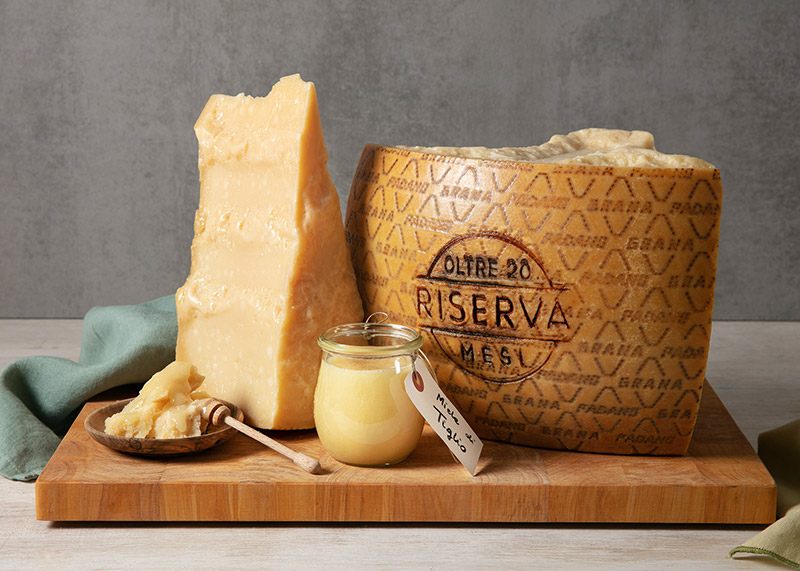
Lime blossom honey

Lime blossom honey is made exclusively in northern Italy, throughout the Alps and Alpine foothills and also in urban areas with lots of lime trees, such as parks and avenues. Lime trees are common at various altitudes, up to 1500 metres. The species present are Tilia cordata and Tilia platyphyllos. Tilia cordata in its natural state is progressively diminishing as forests are replaced by fields and crops. T.platyphillos, on the other hand, is grown as an ornamental variety. Hybrids and exotic species (T.tomentosa, T.americana) are also grown for ornamental purposes, above all in towns. The flowering, and thus honey production, period varies by altitude, ranging from May to July.
Characteristics:
– Colour: medium-pale, from straw yellow to amber when liquid, ivory when crystallised.
– Fragrance: mint and thyme, essential herb oils, resin and incense.
– Aromas and flavours: resinous, essential oils, sage and bitter orange, very long lasting. Its bitterness varies from almost absent to medium pronounced in the purer lime blossom honeys.”
This is an extreme pairing for lovers of marked and surprising flavours. It only pairs well with this aged cheese, and in fact, and lime honey is too predominant with younger cheeses, covering their aromatic notes too much.
The aromatic intensity of this honey is capable of accompanying the very complex Grana Padano aged over 24 months with balance and harmony. The honey’s fresh notes, together with its mint and herb aromas pleasantly temper the animal, and meat broth nuances of the cheese.”
Serving method:
We always recommend serving an assortment of honeys, perhaps two very different ones, so leaving diners to decide for themselves. Honeys should not be put onto cheese prior to serving both because this does not leave the choice to diners but also because the high osmotic pressure of honey tends to lead to it absorbing the cheese’s salty liquids in the space of just a few minutes. Try the two on their own first before testing the various pairings.
The honeys should be served in small containers, and a teaspoon for serving it. Liquid and creamy honeys can be used as they are. Compact crystallised honeys can be stirred before transferring the honey from the jar to the serving container to make them easier to serve, scraping off the required quantity.
Curious facts
This is a honey with a big aromatic personality, one of a kind. Its aromatic herb nuances make this the ultimate cooking honey, above all in savoury dishes.
Lime blossom honeys can be made in the flowering periods of the ailanthus and clover in their urban and flatland production areas, and these can temper its resinous characteristics, creating a product closer to a mixed flower honey. In the Alpine valleys, on the other hand, the chestnut tree flowers at the same time, potentially creating a dual name honey: lime and chestnut. Mixed flower honeys containing lime blossom are in any case extremely distinctive, as this adds a prevailing and highly recognisable note.
It is easy to source both locally and at large scale retailers.
